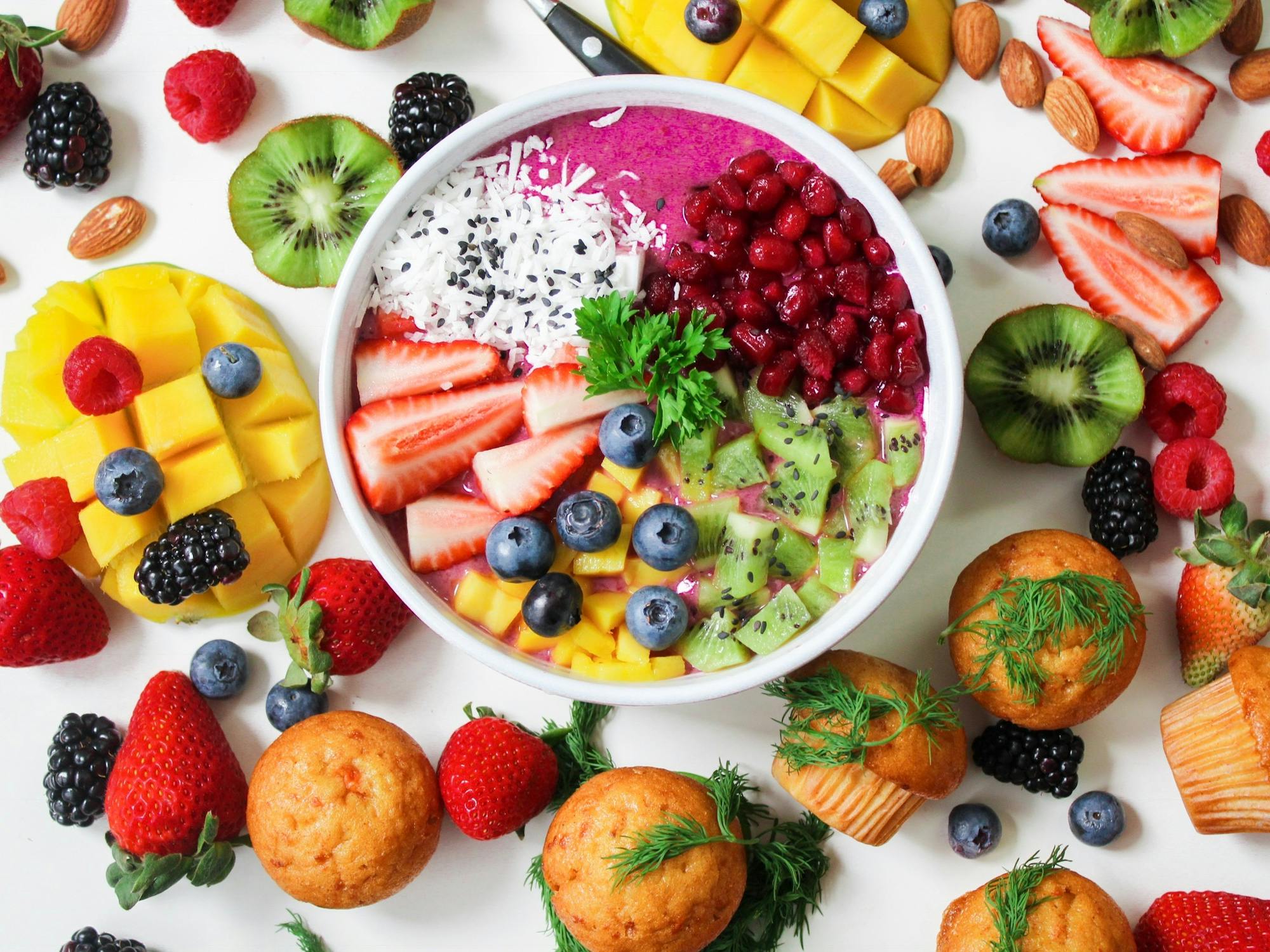What can the nutritional rainbow do for you?

What does the phrase “eat the rainbow” mean? This simple-to-remember concept serves as a reminder to consume foods that are full of color in order to incorporate a variety of nutrients in your diet.
How to eat the rainbow
Generally, eating the rainbow involves including lots of fruits and vegetables in your diet. However, you can also add additional food to your diet to achieve a full rainbow of colors.
Here’s a breakdown of how to include different colors in your diet to maximize your intake of vitamins, minerals and antioxidants.
Red foods include tomatoes, red peppers, red apples, strawberries, raspberries, cranberries, and cherries. They tend to be abundant in vitamins A, C, and E, as well as calcium, phosphorus, iron and magnesium.
Just like red foods, orange and yellow foods are high in vitamins C and E, and they also contain beta-carotene that the body converts into vitamin A. To consume enough of these nutrients, consider including carrots, yellow and orange bell peppers, sweet potatoes, butternut squash, oranges, and mangoes in your diet.
For more vitamin K and folate, you’ll need to include plenty of green foods in your diet, including spinach, kale, broccoli, Brussels sprouts, green cabbage, peas, cucumbers, and avocados. You can also add blueberries, blackberries, grapes, eggplants and purple cabbage to incorporate blues and purples, which are high in anthocyanins, resveratrol and vitamin C.
Finally, don’t forget about whites and browns! They contribute to the rainbow, too. Cauliflower, mushrooms, onions, garlic, white potatoes and grains are generally high in B vitamins, selenium, and dietary fiber.